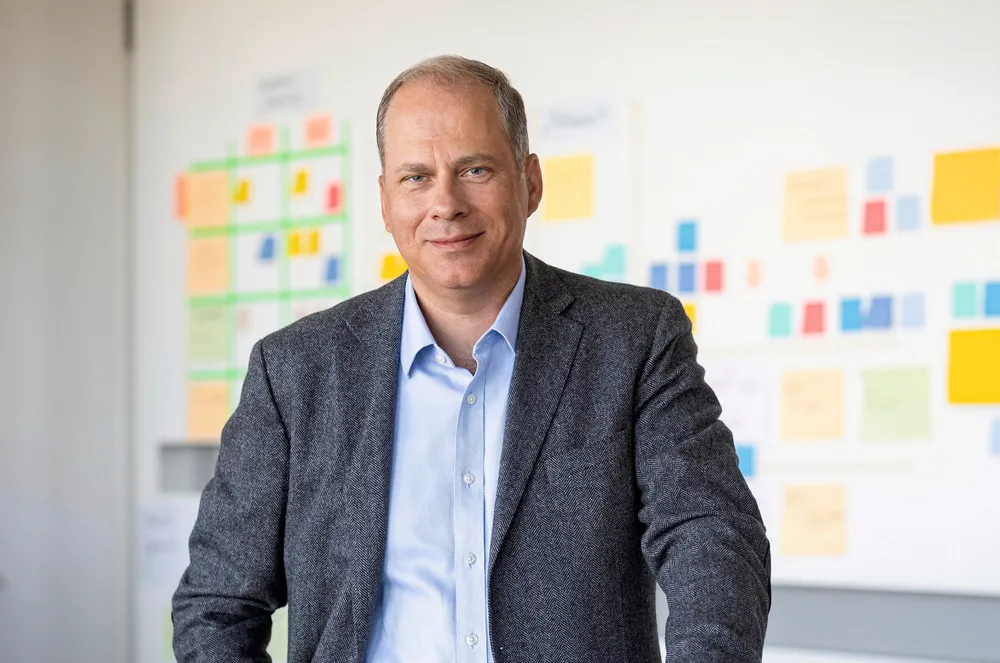Siemens Energy and EnBW plan hydrogen-powered CHP plant — but it will burn fossil gas until green H2 is affordable
German utility will install two turbines capable of burning 75% hydrogen/25% gas mix at Stuttgart facility, but raises doubts about the reliability of green H2 supply and costs
